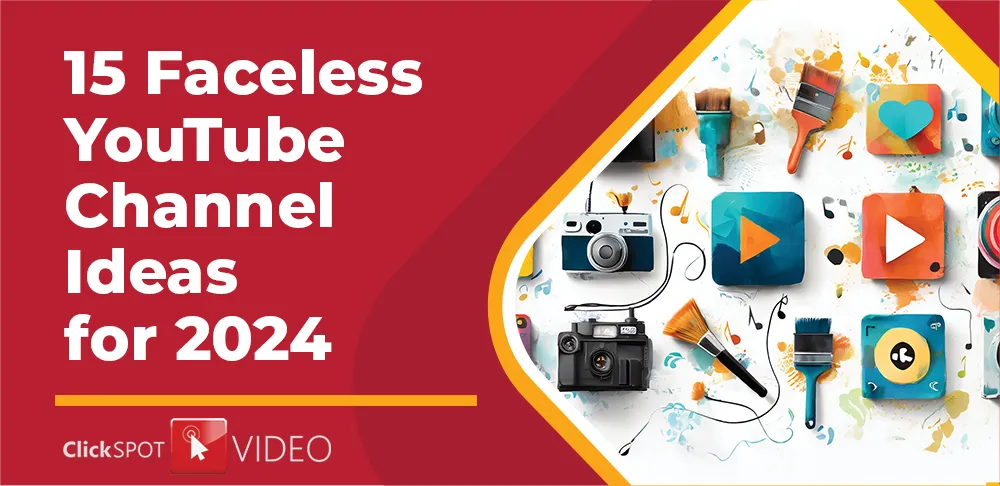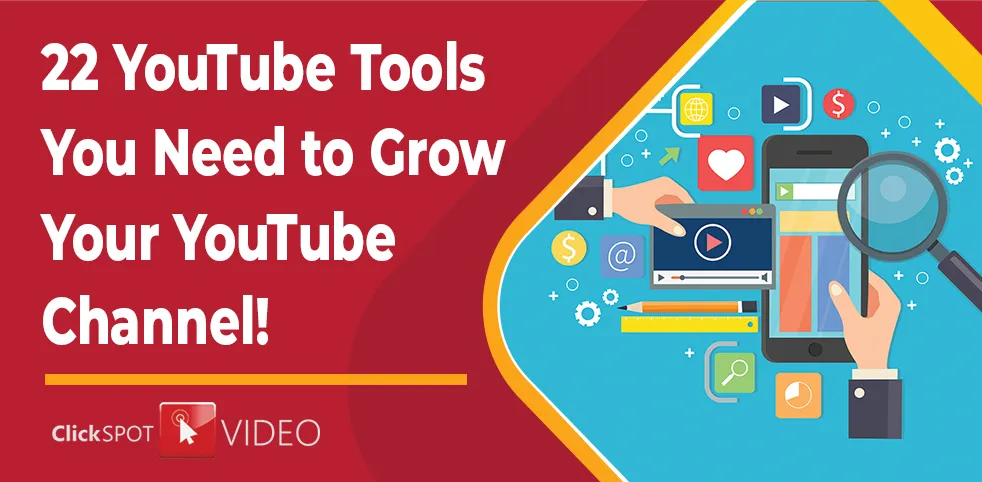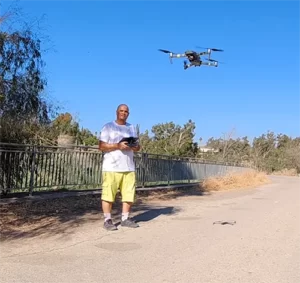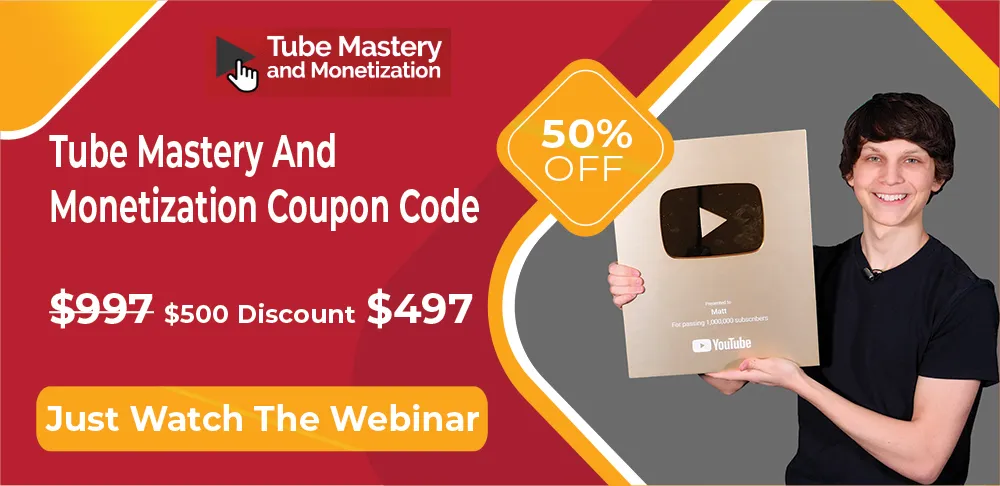In this article, we’ll guide you through a strategic process that will help you define your goals, identify your target audience, and brainstorm creative concepts for your videos.
With a carefully crafted video content calendar and a plan in place for production and resources, you’ll be well on your way to creating engaging and impactful videos that captivate your audience.
Let’s get started!
Key Takeaways
– Clearly define goals for each video
– Tailor video content to meet the specific needs and preferences of the target audience
– Conduct keyword research to find popular search terms and incorporate them strategically into video titles, descriptions, and tags
– Use brainstorming techniques and collaboration to generate creative and valuable video content concepts
Defining Your YouTube Channel Content Planning Goals
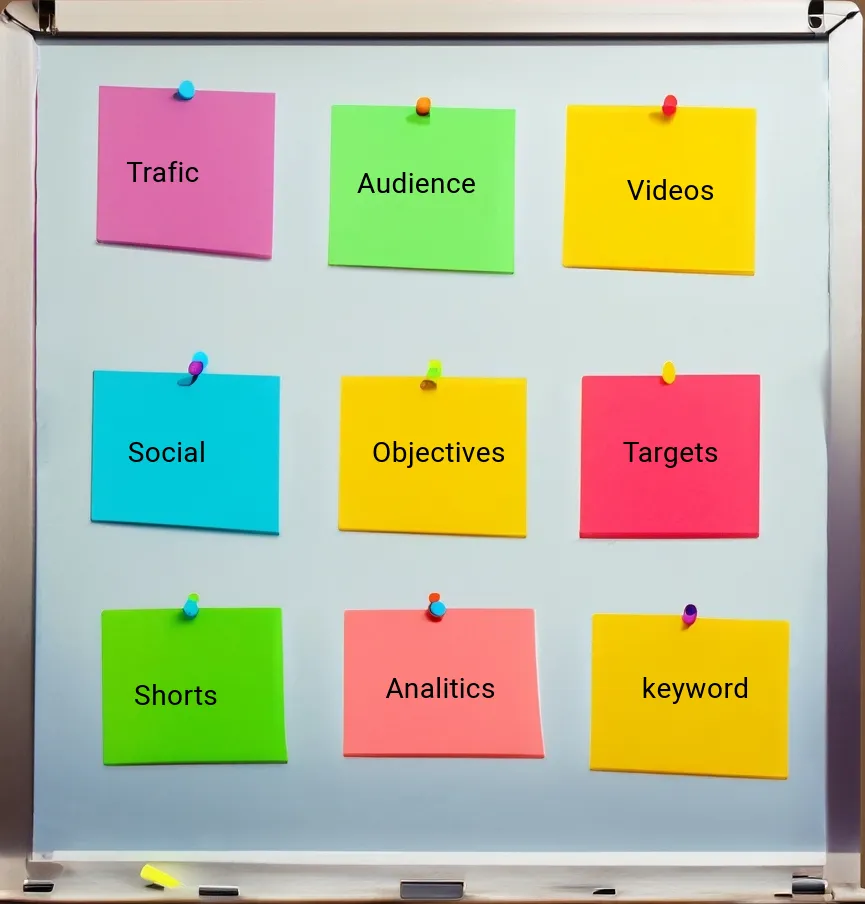
Defining your video content goals is crucial for creating targeted and effective content. When setting objectives for your videos, it’s important to consider what you want to achieve with each piece of content. Are you looking to increase brand awareness, drive website traffic, or engage with your audience? By clearly defining your goals, you can create videos that align with these objectives and resonate with your target audience.
Once you have set your goals, tracking progress becomes essential. This allows you to measure the success of your video content and make necessary adjustments along the way. Use analytics tools to monitor metrics like views, engagement rates, and click-through rates. These insights will help you understand what is working well and what needs improvement.
Identifying Your Target Audience

- Relevance: Knowing the demographics of your audience allows you to create videos that resonate with them on a personal level. You can address their pain points, aspirations, and interests directly, making your content more engaging and relatable.
- Effective Communication: Understanding who your audience is enables you to craft a message that speaks directly to them. By using the right language, tone, and style in your videos, you can effectively convey information and evoke emotions that resonate with them.
- Better ROI: When you know who your target audience is, you can make informed decisions about where to distribute your videos for maximum impact. This ensures that you reach the right people at the right time, increasing the chances of achieving your desired outcomes.
Conducting Keyword Research for Video Ideas

Conducting keyword research helps you find popular search terms that can inspire your video ideas. Staying up-to-date with video marketing trends and understanding YouTube ranking algorithms is crucial for success in the digital world.
By conducting thorough keyword research, you can uncover the phrases and words that people are actively searching for on platforms like YouTube. This valuable information allows you to create relevant and engaging video content that will resonate with your target audience.
Incorporating these keywords strategically into your video titles, descriptions, and tags can significantly improve your chances of ranking higher in search results. Remember to be creative in your approach by thinking outside the box and finding unique ways to incorporate these keywords into your videos while still providing value to your viewers.
You can do keyword research with tools like Google Trends and YouTube Analytics and with tools like Tubebuddy and VidIQ
Brainstorming and Generating Video Content Concepts

Coming up with fresh and exciting ideas for your videos can be a fun and creative process. When brainstorming video content concepts, it’s important to think outside the box and tap into your creativity.
Here are some effective brainstorming techniques and content creation tips to help you generate engaging video ideas:
- Mind Mapping: Start with a central theme or topic and create a visual map by jotting down related keywords, phrases, and ideas around it. This will help you explore different angles and possibilities.
- Audience Research: Understand your target audience’s interests, preferences, and pain points. Tailor your video concepts to resonate with them and provide value.
- Collaborate: Brainstorm with others to gain new perspectives and insights. Seek input from team members, friends, or even online communities to spark innovative ideas.
Remember that the key is to be open-minded, experiment with different approaches, and always prioritize providing valuable content that resonates with your audience.
Creating a Video Content Calendar
When it comes to creating video content, planning is key. By taking the time to strategically plan your videos, you can reap a multitude of benefits.
Not only does planning allow you to align your video content with your overall goals and target audience, but it also helps you determine what types of video content will be most effective in achieving those goals.
Additionally, having a well-thought-out schedule and maintaining consistency in your video releases are crucial for keeping your audience engaged and coming back for more.
Benefits of Planning
The benefits of planning include increased efficiency and improved organization. When it comes to video content creation, effective planning is key in ensuring the success of your project. Here are three reasons why pre-production planning is important:
- Clear Vision: Planning allows you to define your goals and objectives for the video content. This helps you stay focused and ensures that every aspect of your production aligns with your intended message.
- Resource Optimization: By planning ahead, you can identify the necessary resources such as equipment, crew, and locations needed for your shoot. This prevents last-minute scrambling and maximizes the efficient use of your resources.
- Time Management: Effective planning allows you to create a timeline for each stage of production, including scripting, storyboarding, shooting, and editing. This helps you stay on track and meet deadlines without unnecessary delays.
Types of Video Content
One important aspect of effective pre-production is identifying the different types of video content you want to create. By understanding the various formats and styles, you can tailor your content to resonate with your target audience and achieve your goals.
Differentiating factors play a crucial role in determining what type of videos will be most impactful for your brand. Consider factors such as the tone, length, and purpose of each video. Are you aiming for educational tutorials or entertaining skits?
Additionally, it’s essential to consider the popular platforms where your audience spends their time. For example, if they are active on Instagram, creating short and visually appealing videos may be ideal.
Scheduling and Consistency
Now that you understand the different types of video content, let’s talk about the challenges you may face when it comes to scheduling and maintaining consistency in your video production.
- Time constraints: With busy schedules and multiple projects, finding time to shoot and edit videos can be a challenge. It’s important to plan ahead and allocate dedicated time for video creation.
- Content planning: Coming up with fresh ideas for your videos on a regular basis can be difficult. Creating an editorial calendar or brainstorming session can help ensure consistent content creation.
- Maintaining quality: Consistency is key when it comes to building an audience and establishing your brand identity. Ensure that your videos follow a similar style, tone, and format to maintain a cohesive brand image.
Planning for Video Production and Resources
First, you’ll need to gather all the necessary resources and plan for video production.
When it comes to planning strategies for video production, it’s crucial to consider resource allocation. Start by identifying your goals and objectives for the video. This will help you determine what kind of resources you’ll need, such as cameras, lighting equipment, and editing software.
Next, create a detailed timeline outlining each step of the production process, from pre-production to post-production. Allocate your resources accordingly based on this timeline, ensuring that you have everything you need at each stage.
Additionally, consider factors like budget constraints and manpower availability when allocating resources. By carefully planning and allocating your resources, you can ensure a smooth and successful video production process that meets your objectives while staying within budget constraints.
Evaluating and Refining Your Video Content Strategy

Are your videos performing as well as you hoped?
In this discussion, we’ll explore key points on how to evaluate and refine your video content strategy.
You’ll learn how to measure the performance of your videos, analyze audience engagement, and iterate your content strategy for better results.
Measuring Video Performance
Measuring video performance can help you analyze the effectiveness of your content. By understanding how well your videos are reaching your target audience and keeping them engaged, you can make data-driven decisions to optimize your strategy.
Here are three key aspects to consider when measuring video performance:
- Measuring Video Reach: Determine how many people have seen your videos across different platforms and channels. This metric helps you gauge the overall visibility of your content and identify potential areas for improvement.
- Analyzing Viewer Retention: Assess how long viewers are staying engaged with your videos. By analyzing retention rates, you can identify at what point in the video viewers tend to drop off, allowing you to refine your content and keep audiences captivated throughout.
- Tracking Engagement Metrics: Monitor metrics such as likes, comments, shares, and click-through rates to measure audience engagement with your videos. These metrics provide valuable insights into how well your content is resonating with viewers.
Analyzing Audience Engagement
Now that you’ve learned about measuring video performance, let’s move on to analyzing audience engagement. This step is crucial in understanding how well your videos are resonating with your viewers and can help you make informed decisions for future content.
Tracking metrics such as views, likes, comments, and shares can provide valuable insights into the effectiveness of your videos. By monitoring these numbers over time, you can identify trends and patterns that reveal what types of content are most engaging to your audience.
Analyzing trends goes beyond just looking at the numbers. It involves digging deeper to understand why certain videos perform better than others. Are there common themes or topics that resonate with your viewers? Are there specific elements in your videos that drive higher engagement?
Iterating Content Strategy
Iterating your content strategy based on audience engagement can lead to more impactful and compelling videos that resonate with your target viewers. To optimize your content and create a successful video campaign, consider the following:
- Analyze audience feedback: Pay attention to comments, likes, shares, and views to understand what resonates with your viewers.
- Experiment with different formats: Try out different video lengths, styles, or topics to see what generates the most engagement.
- Collaborate with influencers: Partnering with influencers in your industry can help expand your reach and attract new viewers.
Frequently Asked Questions
What Is The Best YouTube Course On The Market?
I bought Tube Mastery And Monetization and After watching all the lessons in Matt Farr’s course, I can confidently say that it’s the best one available. Check out my Tube Mastery And Monetization Review for more details and proof of purchase.
How Do I Measure the Success of My Video Content Strategy?
To measure the success of your video content strategy, focus on analyzing metrics like engagement rates, view counts, and comments. These indicators will help you understand how well your videos are resonating with your audience and inform future planning.
What Are Some Effective Techniques for Engaging Viewers and Keeping Them Interested in My Videos?
To keep viewers engaged and interested in your videos, incorporate interactive elements like quizzes or polls. Additionally, use visual storytelling techniques such as compelling visuals and a cohesive narrative to captivate their attention throughout the video.
How Can I Optimize My Video Content for Different Social Media Platforms?
To optimize your video content for different social media platforms, consider the platform’s audience, format, and engagement preferences. Tailor your videos accordingly, using eye-catching visuals and concise storytelling techniques to capture attention and drive engagement.
What Are Some Common Mistakes to Avoid When Planning and Creating Video Content?
When planning and creating video content, avoid common mistakes. Don’t settle for a poor script or neglect the importance of video editing. Be strategic, creative, and audience-focused to captivate viewers.
How Can I Incorporate Storytelling Into My Video Content to Make It More Engaging and Memorable?
To make your video content more engaging and memorable, incorporate storytelling techniques. By creating an emotional connection with your audience through compelling narratives, you can capture their attention and leave a lasting impact.
Conclusion
So there you have it, a comprehensive guide to video content planning and ideation.
By defining your goals, identifying your audience, and conducting keyword research, you can lay a strong foundation for your video content strategy.
Next, brainstorming ideas and creating a content calendar will help you stay organized and ensure a steady flow of engaging videos.
Planning for production involves outlining the necessary resources, such as equipment, locations, and talent, to bring your ideas to life.
Lastly, evaluating your strategy allows you to measure the success of your videos and make any necessary adjustments for future content.
Remember that every step is crucial in ensuring the effectiveness of your videos.
So why wait? Start implementing these strategies today and watch as your video content captivates and inspires your audience like never before.
Happy video making!



